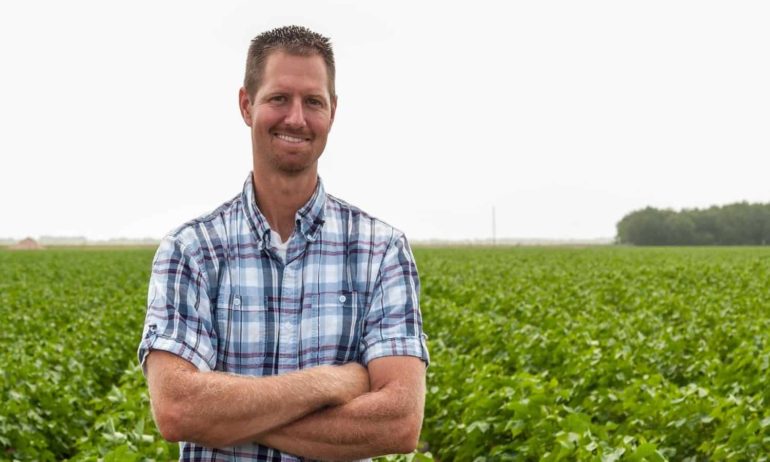Farmers are aging around the globe. In the United States, the average farmer is 58.3 years old, and, as these producers retire, there are fewer and fewer new farmers to fill their spots. From 2007–2012, the number of farmers in the United States fell by 4.3 percent, while the average age of principal farm operators rose 1.2 percent. In addition, the number of beginning farmers fell by an incredible 20 percent over the same time period. But there are many resources—financial and otherwise—available to aid new and beginning farmers in the U.S.
- Aggie Bonds—tax-free bonds for beginning farmers acquiring land, equipment, and other farming necessities—are currently available in 16 states.
- Farm Credit Services of America’s Young & Beginning Program assists farmers aged 35 years or younger, or those with 10 years or less of agricultural experience. The Young & Beginning Program offers scholarships to students in agriculture-related degree programs at specific universities; education and financial sponsorships through young producer groups like the National FFA Organization and 4-H; and financial assistance such as competitive loans to purchase land, insurance, or equipment.
- Through its Lakewinds Organic Field Fund (LOFF), Lakewinds Food Co-op’s supports local agriculture by providing funding to farmers “working on the development and sustainability of organics.” LOFF offers grants for a variety of projects, including the creation of new organic farms. LOFF is available to all farmers and farmer associations, with preference to farmers and organizations located in Minnesota, northern Iowa, and western Wisconsin.
- New Spirit’s Organic Farm Succession Program helps “young farmers by allowing them to take over a mature, certified organic operation from retiring farmers who want to keep their land in organic production.” New Spirit links farmers with investors committed to land stewardship and sustainable agriculture. Investors most often purchase farmland and lease it to the new farmers on long-term, renewable leases with the option to buy.
- Created in an effort to sustain and grow agriculture throughout the state, New York’s New Farmers Grant Fund encourages farming as a career path. Grants, ranging from US$15,000 to US$50,000, are available to new and early-stage producers operating commercial farms on 150 acres or less in New York state.
- Your 2 Cents, a collaboration between Rodale Institute and Amy’s Kitchen, supports conventional farmers who are transitioning to organic methods, and new organic farmers looking to expand their operations. Additional funding assists students of organic agriculture, new organic farmers, veterans establishing careers in organic farming, and research projects on organic farming. Farmers must live in the northeastern United States to be eligible for funding.
- The Texas Department of Agriculture’s Young Farmer Grant awards dollar-for-dollar matching grant funds, ranging from US$5,000 to US$10,000. Applicants must be 18–46 years old, and be creating or expanding an agricultural business in Texas.
- The United States Department of Agriculture (USDA) Farm Service Agency’s (FSA) Beginning Farmers and Ranchers Loans target small-scale ranchers or farmers whose operations are less than 10 years old.
- USDA FSA Rural Youth Loans provide children and young adults with loans of up to US$5,000 to finance supervised “income-producing, agricultural-related projects.” Applicants must be between 10 and 20 years old, and living in a city or town with a population of 50,000 or fewer people.
- USDA FSA Microloan Program is a simplified loan application process for the smaller credit needs of small, young, beginning, socially disadvantaged, or veteran farmers. These loans—which cap at US$50,000—are a desirable alternative to the high-interest loans farmers often receive.
In addition, many states have Beginning Farmer Loan Programs or other loan or grant programs for new farmers or ranchers. To explore assistance opportunities, visit the USDA State Departments of Agriculture’s website.













